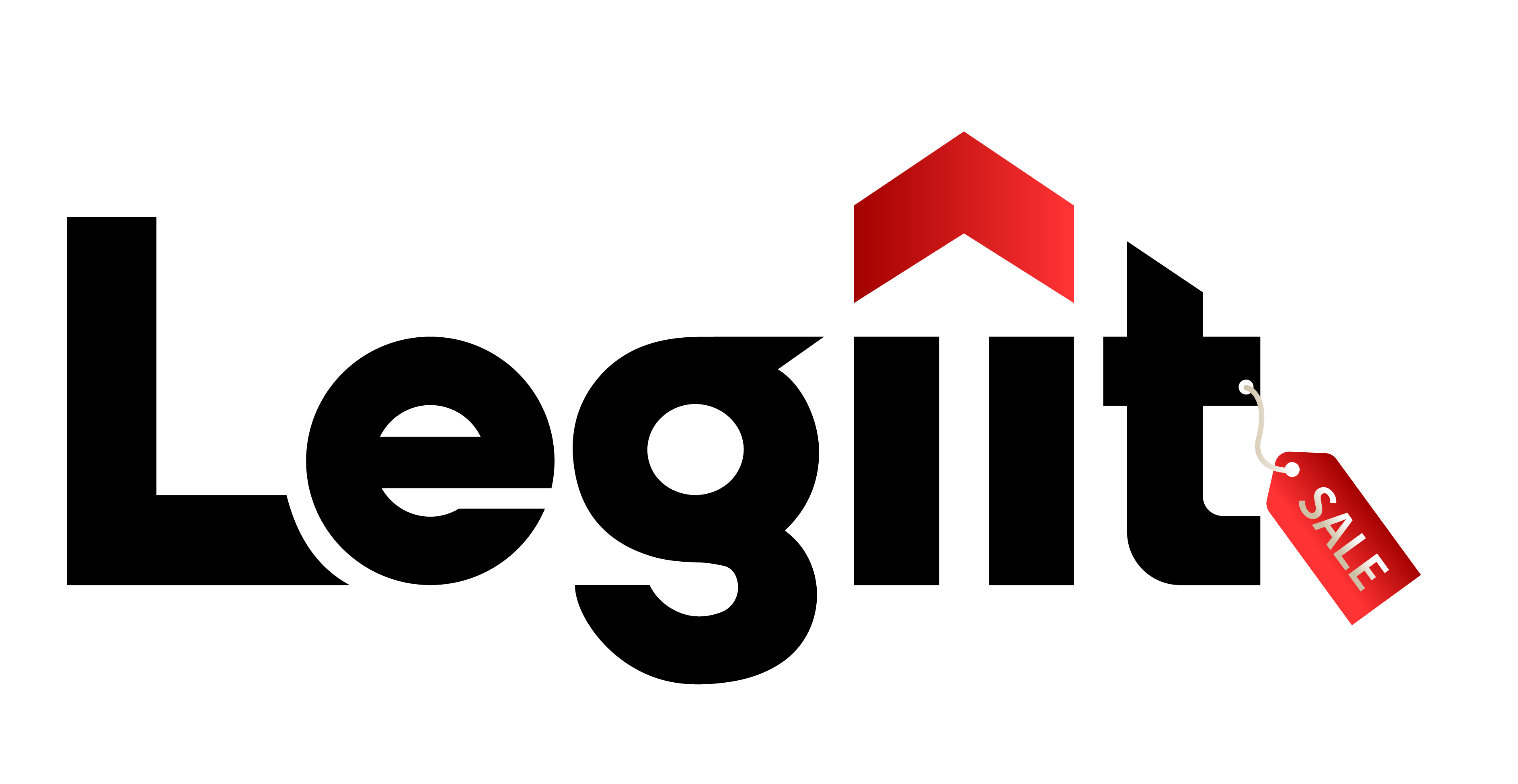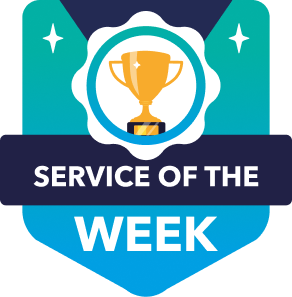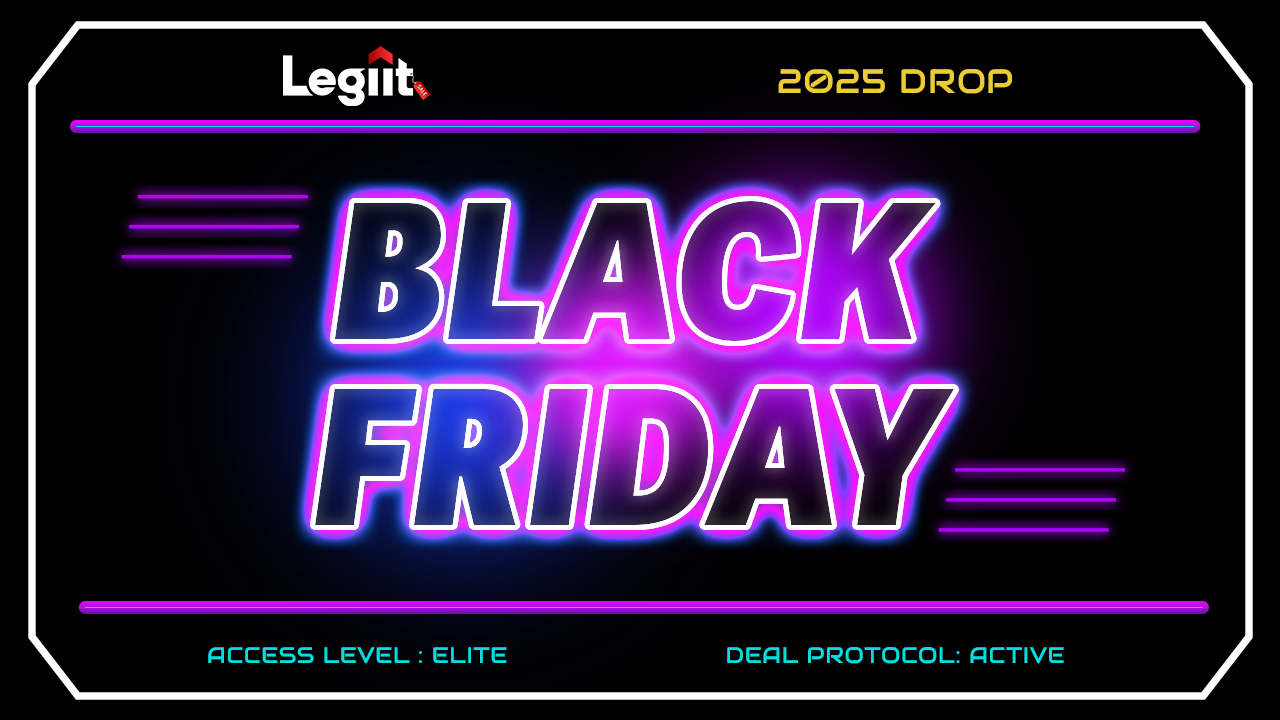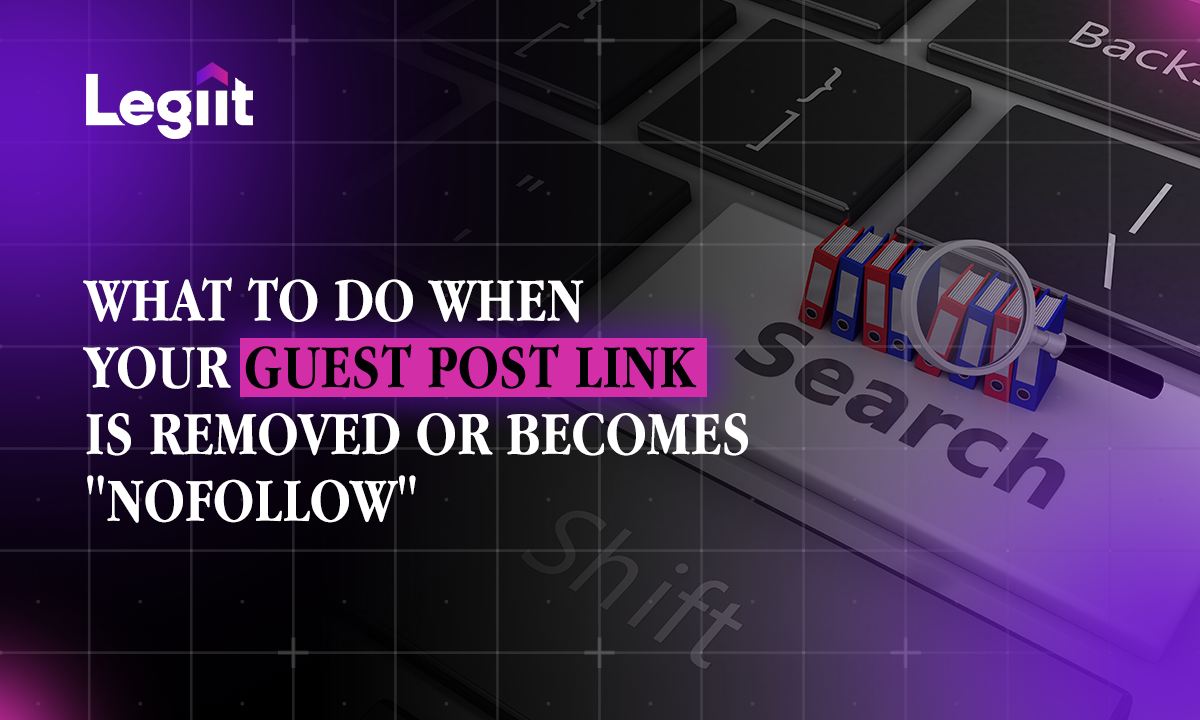Have you just signed your next major clients? Now it's time to onboard them so that you can begin a successful working relationship that can benefit your client and your brand.
At this junction, you would want to reaffirm their belief that choosing you as their agency was the right one when you're onboarding them.
This will entail answering any of their questions, compiling the necessary data, and being ready so the project can start as soon as feasible.
Agencies can ensure they take all the required measures to get ready to onboard new clients. And also to give them the greatest experience possible by using a digital marketing client onboarding checklist template.
In this article, we'll look at how you can create an onboarding checklist with an example and an agency onboarding template. So, take a head read!
How To Create an Onboarding Checklist: With Template and Example

Creating an onboarding checklist is not daunting and complicated as most people paint it to be.
Even if it's an onboarding checklist for consultants, a social media onboarding checklist, etc., it's simple if you follow all that will be listed in subsequent paragraphs on how to create an onboarding checklist.
Segregate The Checklist Into Diverse Sections
Consider breaking up your checklist into distinct parts for each stage of the onboarding procedure to improve productivity and accuracy.
Depending on the position and your organization's precise onboarding procedure, you might discover that the required sections change.
However, setting objectives for the first day, week or month is a perfect starting point.
Access The Needs Of The Role
Before you start the checklist, there's a need to determine if the organization has stabilized requirements for the specific role.
Take time and speak with those currently within that role about some questions that have to do with the onboarding process.
Make a List Of Prerequisites Before Onboarding
Pre-onboarding requirements should be included in your first main section. This entails creating documentation.
This asks new hires for basic information such as their full name and the date they started working for the organization.
Also, get their contact information and any other details your business may require.
Outline The Duties They Are To Carry Out On Their First Day
Introduce the new hire to the group officially on their first day at work. Using the details you received from their manager, outline some of the duties and objectives of their position.
Introduce them to any positive correlation between jobs, including managers and direct team members, that they need to be acquainted with immediately.
Take the new hire around the company showing them everything and places they would be needed for effective performance in the workplace
Allocate Task For Their First Week
Assign the new hire to a specific project within their first week on the job.
Giving them a project will allow them to obtain practical experience at work and improve their understanding of your position at your organization.
Set a specific deadline for submission or turn-in, and make sure the project is delivered to you or another person who will be overseeing it. As needed, evaluate the project's outcomes.
What Is Onboarding?

Onboarding refers to the procedures used to incorporate new hires into the company. It is also a means you can use in welcoming new clients to your brands.
It contains exercises that enable brand-new hires to finish the new hire orientation process and learn about the company's structure, culture, vision, mission, and values.
Also, it's the process of strategizing on how to carry out your new client's project and ways to keep them updated all through the process. You can prepare a client onboarding process flow chart for that.
The onboarding process can last one or two days for some firms, while it could take many weeks or even months for other organizations
Onboarding Checklist Template
1. Send a Welcome Email.
Ensure that you send a good and impressive welcome email to the client.
Remember, a good first impression has a lot of good things to say about your brand.
Now, what exactly is a welcome email, and what impact does it have when onboarding a client?
A welcome email is an email you send to a client after signing up, subscribing, or maybe submitting their email address to your brand's newsletter.
This email should come as a well-crafted write-up, and/or a video can be attached to it.
Make sure the email is catchy enough to grab the client's attention. Use it to build a good relationship with your client or customer.
- Include a quick run through the introduction of your brand
- Add a digital brochure
- Don't forget to share a little review about your business from your previous clients. The testimonies will keep the new client at peace.
2. Beyond client onboarding - giving your clients an excellent ongoing customer experience.
One thing you MUST not starve your client of is exceptional customer service. First impression matters, and your relationship and responsiveness to the client will go a long way to leave something to tell about your brand.
3. Send New Client Questionnaire.
Client questionnaire is sending new customers a survey to learn more about their requirements and objectives.
Companies use this method to inquire about certain details and make sure their team is fulfilling the client's exact wishes.
Send questionnaires to your new clients at all times. It will aid in understanding the project and enable you and your team to work toward the objectives and requirements of the client's business.
4. Have A Follow-up Call If Necessary.

At the time of this call, you should be able to point out a six or 12-month plan and explain how much you and your business fit into the whole scheme.
Remember this call has to be done only if there is any need for it. It's not compulsory.
During this time, you must ask any questions you may have, and the client can also ask any questions they may have. Once the appointment is booked, take note of the date.
5. Create Marketing Plan First Draft
Your aim here is to establish yourself as a significant factor in your client's company's growth over the next six to twelve months.
You'll be able to create an action plan for this particular period using the vital information from your well-created questionnaire.
Additionally, it will immediately address their business objectives and guarantee that you optimize this marketing campaign's effectiveness.
The completed questionnaire from the prior activity will be one of the most beneficial materials.
It's possible that you haven't received the questionnaire back yet, but if you do, it will be very helpful in creating the 12-month roadmap.
6. Have A Second Follow-up Call If Necessary
You can have another follow-up conversation with the client if you see the need to, to ensure you address any issues and maintain their good faith.
About 4 weeks into the work, you can check in to see how things are doing. Please remember to note the time of the follow-up call yet again.
7. Send Contract, And Additional Document
Ensure that the client has received the contract and he/she is ready to sign it.
Early action is required in this procedure to reduce the amount of time lost due to clients postponing contract signing.
Every time you run this checklist, you can use the Zapier app to automatically deliver a new contract, allowing you to personalize contracts or any other documentation with information gleaned from checklists.
8. Inform Your Client Of the Project Start Date

As a means of passing information about the project start date to your clients, send them a brief note or a well-crafted email.
You can start by thanking them for their time and effort and letting them know that the project has officially started.
Keeping your client informed and making the project's operations as transparent as conceivable is more important than imparting much information.
9. Researching Campaign ideas
Look into the many campaign ideas and strategies you could use for this project.
Utilize all the necessary data concerning this client, such as telemarketing calls, questionnaires they've completed, paperwork already provided, and materials they've made available.
Look at some of your competitors' businesses and discover what worked for them in the past or what didn't work in certain situations; competition intelligence is often priceless and should always be considered.
10 Brief The Team And Assign Work And Assignments
Update your workforce on the project context, including a description of the most crucial activities and a simple explanation of any project milestones, using the notes you took during the initial conversation with the client.
To ensure that everyone is on the same page and that there is a solid foundation on which to delegate and take on the task in the most effective way possible, your 1-year plan will prove handy in this situation.
At this stage, it is also decided who will be given what tasks, ensuring that everyone is well informed of their responsibilities.
11. Update Client's CRM and Project Management Profile
After the initial conversations with your client, continue to update any CRM and project management records with any new information.
You can use any system that works well for you to keep track of your present customers and projects.
For instance, when this project is checked, you may configure a Zap to upload call notes during previous tasks into your CRM automatically.
It may be as easy as adding a few words to your client's profile or noting a particular deadline or achievement.
Whatever the situation, get the sub-tasks app and utilize it to monitor your progress.
12. Check Signed Documents Have Been Received

Ensure that all the necessary and supplementary documents that require the client's/customer's signature have been returned to the organization before proceeding with the client onboarding process.
You can look for a reliable e-signature program. You'll save the record and a copy of the documentation for your client onboarding process.
13. Request Marketing And Media Resources From The Client
Make sure you ask for marketing and media resources from your client.
Review the task once you have everything you need for the project to begin.
Think about adding the files to the required fields to be available for future use.
14. Schedule Future Calls
Establish a long-term calendar for progress calls with your customer, along with the prior onboarding, and reach out to launch the project in the next few months.
You can allow your clients to book several meetings using the same URL by using a calendar solution like Calendly.
15. Confirm Questionnaire Is Completed
Before proceeding, ensure the client has returned the completed questionnaire.
Clearly identify tasks as completed when you are certain it has been performed, and you can proceed to something else.
NOTE: You can either use this template or the new client onboarding checklist template excel.
Marketing Onboarding Checklist: Frequently Asked Questions

How Do I Make An Onboarding Checklist?
To make an onboarding checklist follow the steps listed below:
- Ensure to separate the checklist into sections
- Assess what is needed for the role
- Create a checklist
- Assign a task for day one
- Assign responsibility for week one
- Assess them after the first month of their performances
How Do I Onboard A Social Media Client?
To onboard a social media client, here are a few things to do:
- Find a way to get access to their account
- Welcome them to your business with a message
- Add the client to your tool
- Conduct a social media audit
- Do your research
- Let the work begin
- Keep up the important updates
What Is the Client Onboarding Process?
The client onboarding process is used to welcome new customers into your business. By responding to their queries and worries, ensure they are aware of your services.
Who Ought To Supervise The Onboarding Process?
Most of the time, the organization's senior leadership will collaborate with the human resources manager to create an onboarding checklist. if there is any.
Wrapping Up
Onboarding a new client is not difficult if you follow all the above-mentioned processes. This guide can also help you create a marketing onboarding checklist and template. However, if you need extra help, you can schedule a call for 1 on 1 consultation with the CEO of Legiit, Chris M. Walker. He has helped several brands, yours is next in line!














 Download
Download